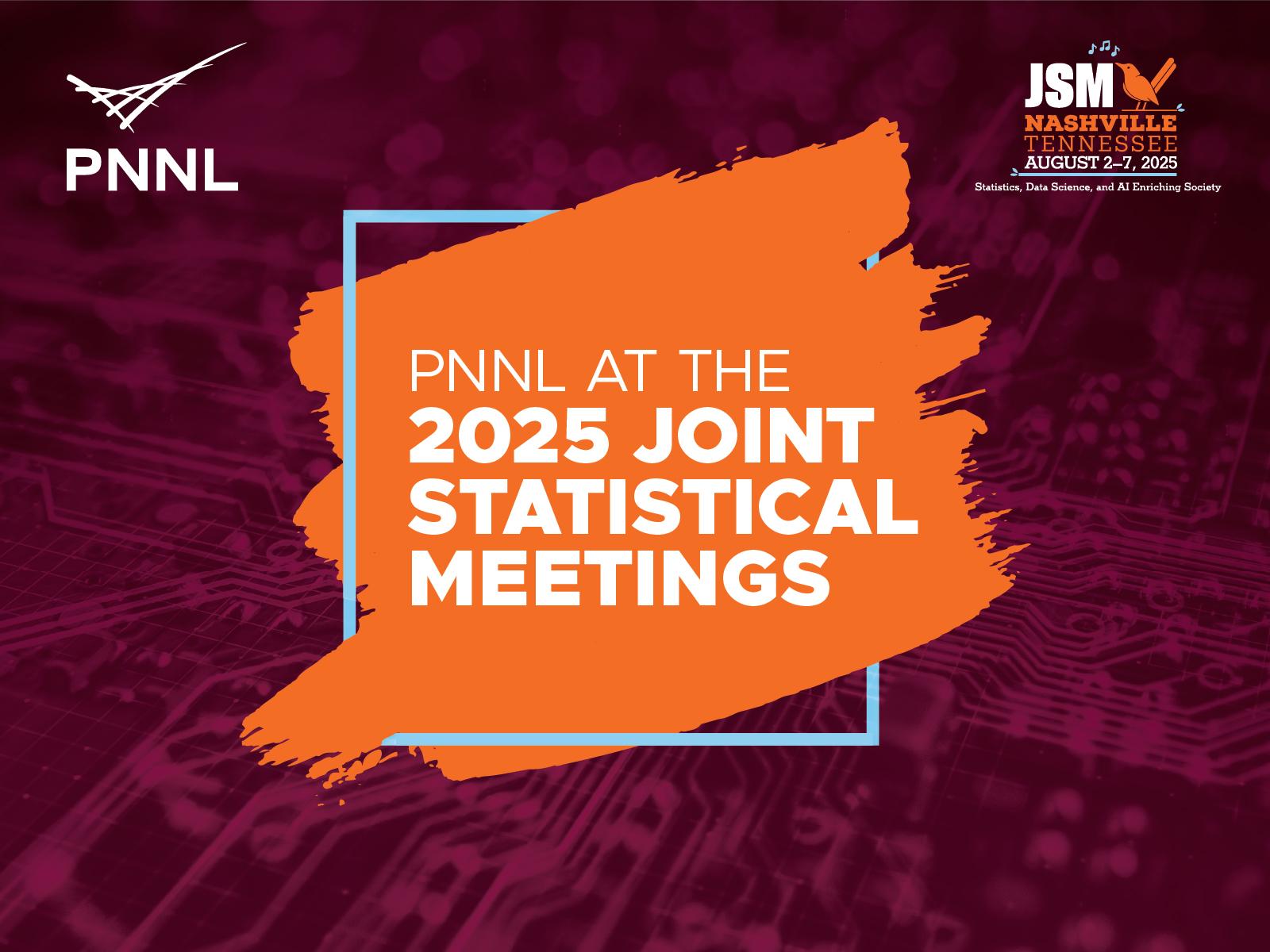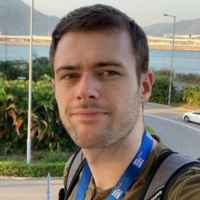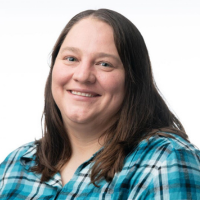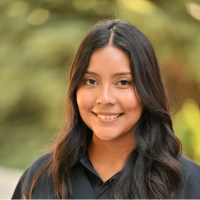Joint Statistical Meetings 2025
Join Pacific Northwest National Laboratory at the Joint Statistical Meetings in Nashville, TN

Illustration by Melanie Hess-Robinson | Pacific Northwest National Laboratory
August 2–7, 2025
Music City Center



